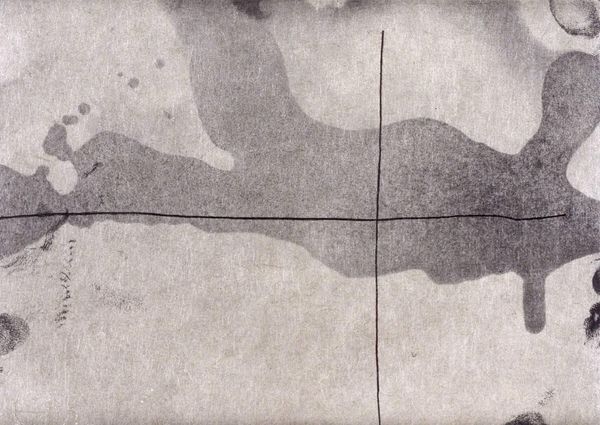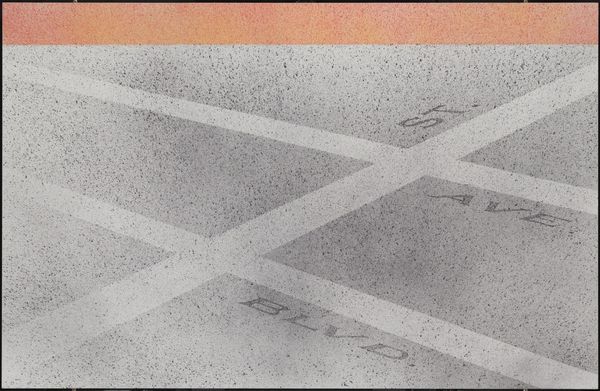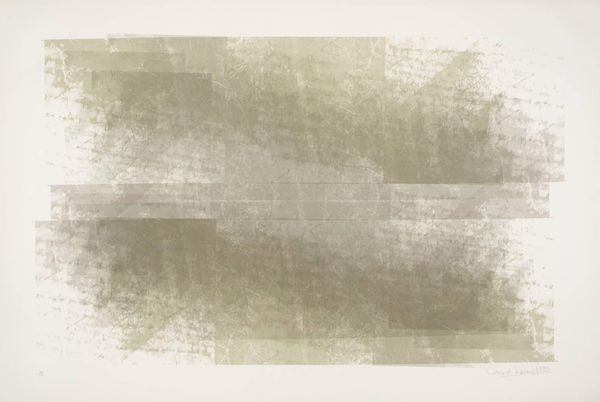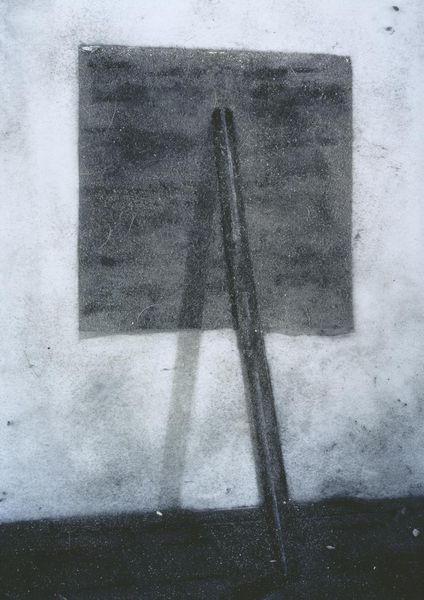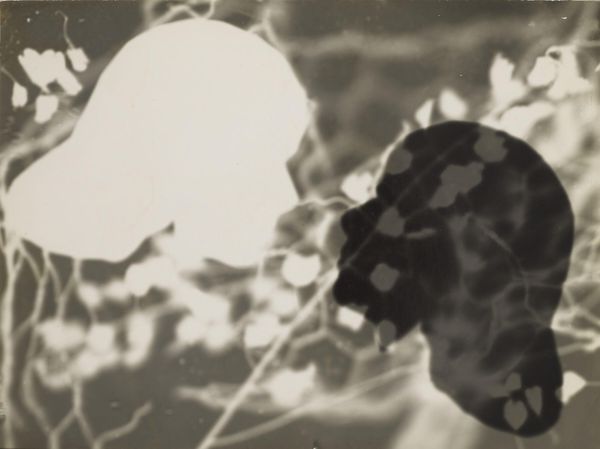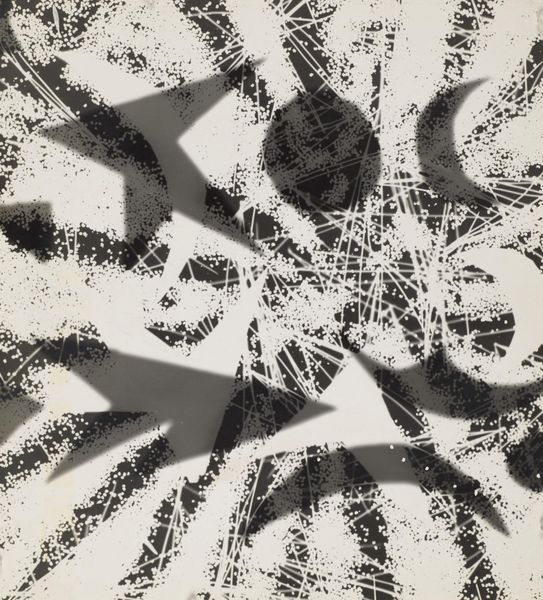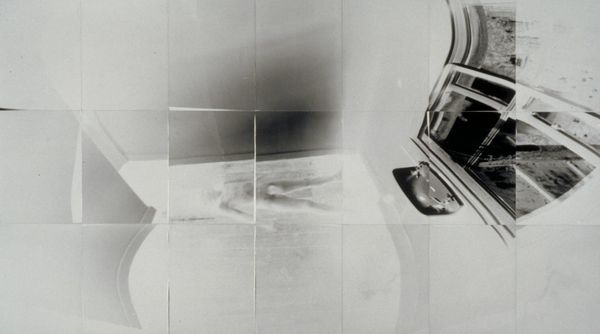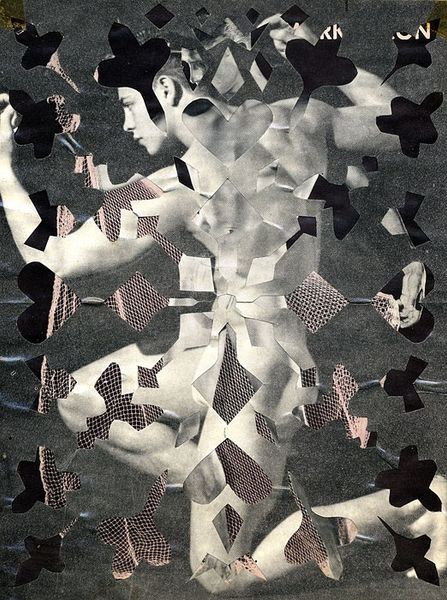
Dimensions: support: 1016 x 1270 mm frame: 1032 x 1288 x 26 mm
Copyright: © The estate of Douglas Portway | CC-BY-NC-ND 4.0 DEED, Photo: Tate
Curator: Staring at this piece, the very first thought that pops is: quiet room. It feels like a space where secrets are whispered. Editor: This is Douglas Portway's "White Screen," currently residing in the Tate Collections. We don't have a precise date for it. Curator: I love the almost-but-not-quite symmetry. The subtle off-kilter angles add a layer of depth. Editor: Portway's work from this period was deeply influenced by his interest in spiritualism and theosophy. It's not just abstraction; it's about capturing something unseen. Curator: Absolutely. The ghost of a shape—a shadow, maybe?—haunts the composition. It’s a reminder that what’s absent can be just as powerful. Editor: His focus on color and form was a reaction against what he saw as the overly materialistic art world. He sought a more transcendental visual language. Curator: Transcendental, yes. I think it asks us to consider what we bring to it, to project our own inner landscapes onto the "White Screen". Editor: Indeed. The painting's openness invites contemplation, making it a powerful piece for any viewer willing to engage with it on a personal level.
